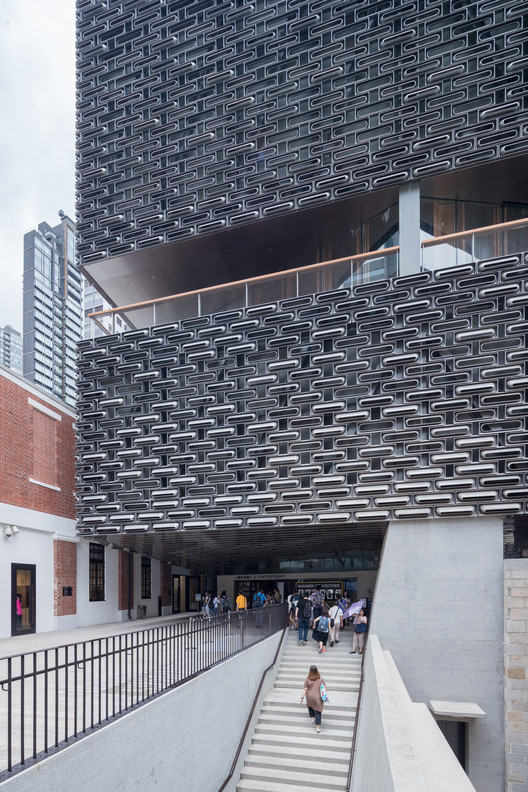
-
Architects: Herzog & de Meuron
- Area: 27000 m²
- Year: 2018
-
Manufacturers: Grohe, Acor, Bitosasia, Otis, Toto

Text description provided by the architects. The former Central Police Station, the Central Magistracy, and the Victoria Prison is a walled compound of heritage buildings at the commercial center of Hong Kong Island. Established by the British after 1841 as the colony’s main police station, magistracy, and prison, the site is one of Hong Kong’s most important remaining historic monuments. Following its decommissioning in 2006, the entire compound was vacated, leaving a set of open grounds and a collection of unique buildings. From an urban perspective, the compound is a rare “courtyard” in the middle of one of the densest cities in the world.

















